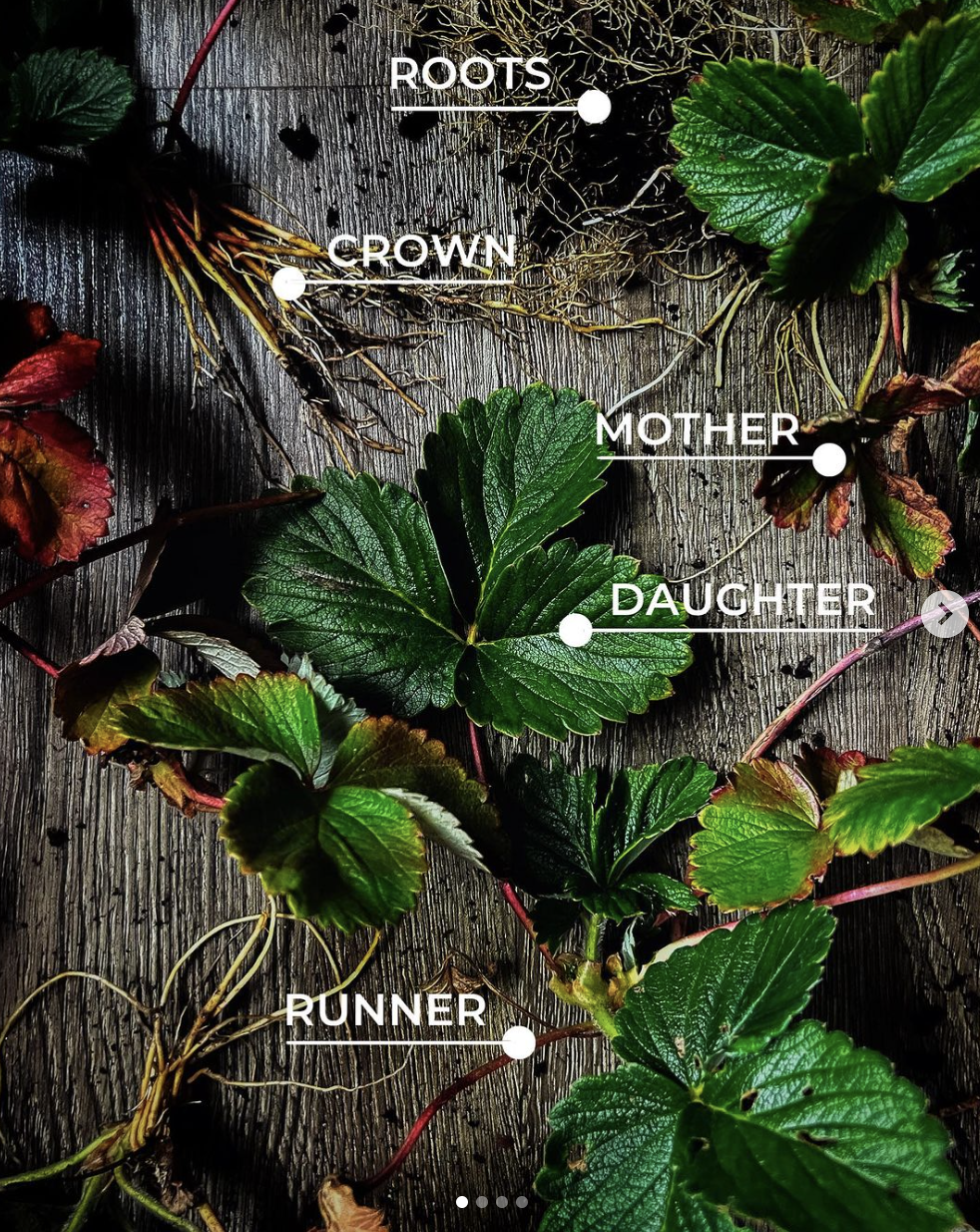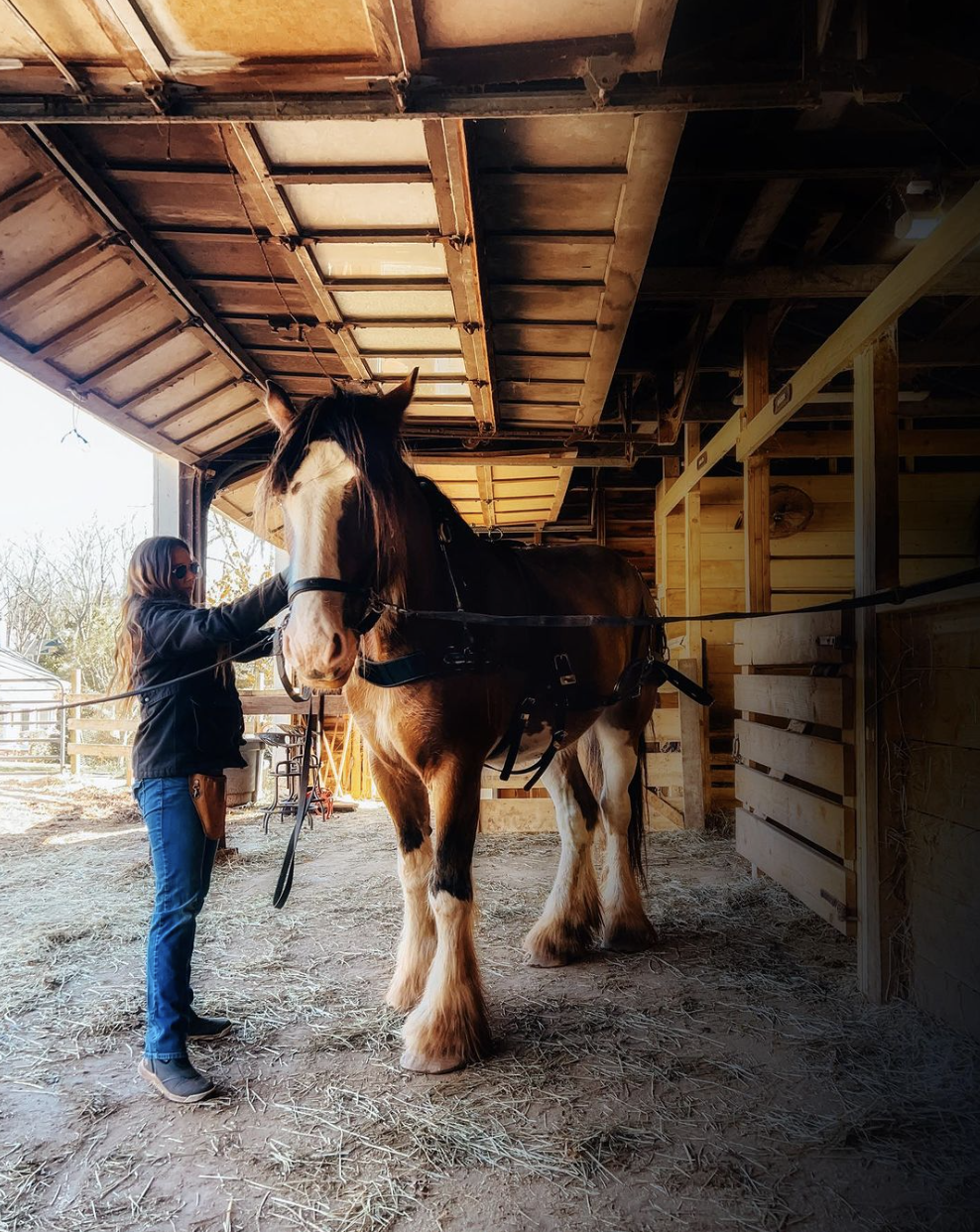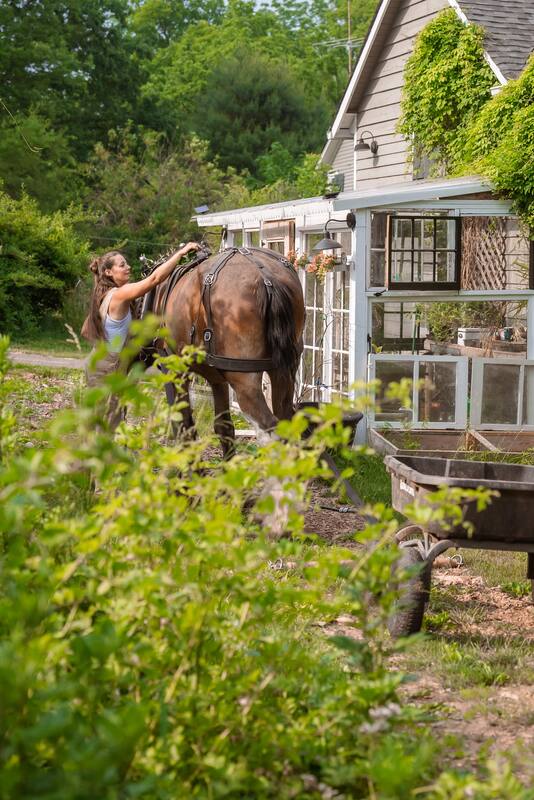|
Time Stamps: Sacrifice Plot 0:13 / Winter Pasture Management 1:44 / Pasture Division and Rotation 2:37 / Winter Seeding 4:21 / Sacrifice Rehabilitation 6:11 / Dry Lot 6:33 / Foggage 7:02
A well managed pasture is an integrated plan—a series of efforts working together to create a grazing space that doesn’t detract from Mother Nature through unnecessary carbon loss, tillage, compaction, and erosion. Rather, several initiatives can be implemented to maintain the integrity of pasture spaces year-round without sacrificing quality of life and forage on the part of the animal. In this video I’m sharing the several different efforts I make to keep four draft horses, five sheep, and a flock of ducks and geese thriving on my six-acre farm without ruining my land. Through winter pasture management, implementing dry and sacrifice plots, winter seeding, foggage or standing hay growth, and proper pasture division and rotation in the warmer months, we can continue to keep our animals healthy and happy while remaining ecologically sound. Several relevant content sources to support this video
Did you know that the peak production time for one strawberry plant is 1-3 years? After three seasons, productivity declines. This is why nature sends daughters, or duplicate plants of the mother, outward on shoots. These shoots are called runners. I take advantage of this system by letting my strawberries reproduce in place. But when healthy plants start spilling into walkways, I transplant these free plants to new beds and growing guilds. It’s so incredibly easy and fall is a great time to split.
Strawberry plants are incredible weed suppressors. When planted densely like in my blueberry and valerian guild in the first video, they remove the task of weeding, keep the soil cool, and help maintain moisture, all while providing fruit. And because folks always share their issues about pests taking their berries, I cage mine from birds with hardware cloth or netting when in production. A motion activated sprinkler does wonders too.
There are permaculture practitioners out there who speak out against the use of horses in permaculture. I disagree. Horses, when well managed like any other livestock, offer:
SOIL CONTRIBUTIONS - Manure is composted and nutrients are returned along with organic matter to soil - Hoof prints make indentations on top of soil creating pockets for improved seed germination - Trampled cover crops during browsing return nutrients and organic matter to soil ECOSYSTEM ROLE - Horses ingest parasites of sheep and other species while grazing, reducing parasitic larvae counts in sheep, goats, etc. - Pasture and forage maintenance is achieved through grazing. Well maintained pastures absorb tons of carbon from the atmosphere through regrowth and regeneration. - Horses love to graze autumn olive, both full grown or young shoots, removing invasive species FUNCTIONS - One horse can pull 2k-8k pounds depending on breed and health reducing need for tractors and fuel - Horses can provide transportation (leisure riding, sport or utility) - Meat in applicable countries - Income by way of breeding, teaching lessons, or selling composted manure - Shed winter coat hair can be collected and used to make paintbrushes You can learn more about horse breed options perfect for homesteaders (and other animal species and breeds that offer so much function) in my book The Sustainable Homestead, available wherever books are sold. This year I installed a Mediterranean guild home to olives, artichokes, rosemary, lavender and thyme. While I chose varieties most suitable to my climate, I’ve researched artichoke winter care and here’s what I’m installing. We are getting our first freeze this evening (these plants have successfully withstood frosts already) so it’s time to hibernate these artichokes for the season.
I start by tying the leaves of the artichoke plant together in a bundle. This protects the crown. After tying, I cut the leaves off just above the string or twine. The remaining standing bundle is roughly 6-8" in height. I choose to mulch the surrounding soil and other guild members with the trimmed artichoke leaves. I also add chopped comfrey leaves as a green manure at this time along with fallen maple, oak, or other dried leaves from around the farm. An upside pot is affixed on the artichoke bundle for protection from the elements. To secure the pot in place over the winter months, I top the pot with a rock. Bedding or mulch can be added around the base of the pot to make sure gaps are filled in where the pot makes contact with the soil. Imperial Artichokes can withstand frosts so once winter temperatures begin to ease and we head back into the spring season, I'll be removing the protective pot. From there the bundles will be untied and new growth will be allowed to emerge. |
Angela is the farmer and content creator behind Axe & Root Homestead® LLC. This historic six-acre permaculture farm is home to two Clydesdale horses, ten honeybee hives, five sheep, two guardian dogs, barn cats and a flock of 40 geese and ducks. The farm produces maple syrup, fruit from a small orchard and loads of garden produce for consumption, preservation and donation to the local food pantry.
The Sustainable Homestead is available NOW!
Categories
All
|



